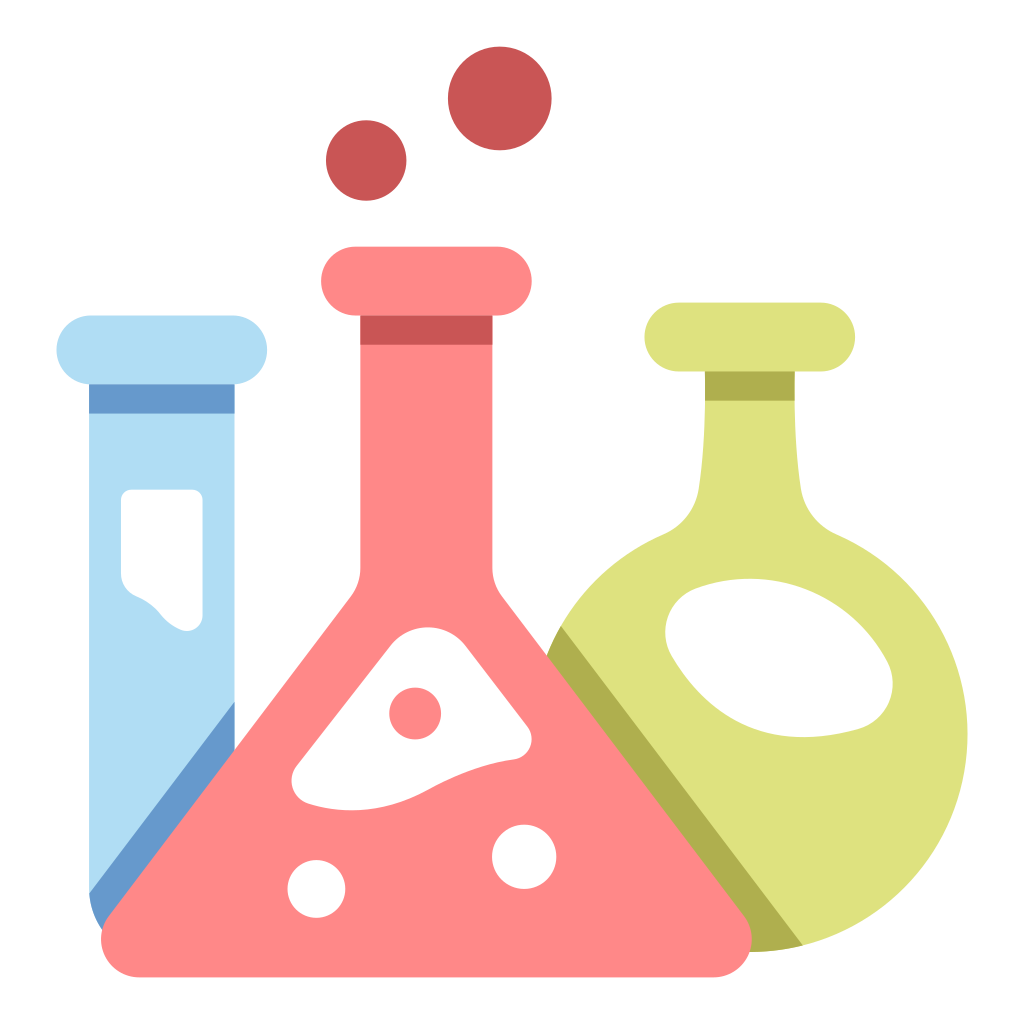e306 Tocopherol-Rich Extract
Food additive in the category of antioxidants, naturally found in oilseeds, also known as Vitamin E. It is extracted from plant oils rich in Vitamin E, but can also be obtained synthetically.
details
These food additives have been used for centuries to preserve food. For example salt (in meat, bacon or dried fish), sugar (in
marmalade) or sulphur dioxide (in wine).
Food additives can be derived from plants, animals or minerals or they can be synthetic. They are intentionally added to foods, to fulfil certain technological purposes. There are several thousand food additives in use, all of which are designed to perform a specific task, usually to make food more durable
or appealing.